
All about the fell ponies on our reserves
Wilder Grazing Ranger Volunteer Trainee, Ellie Edmondson, talks about the fell ponies on our reserves and what makes them great conservation grazers.
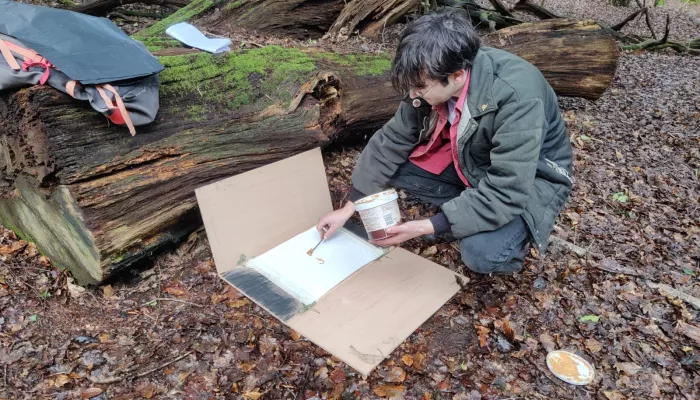
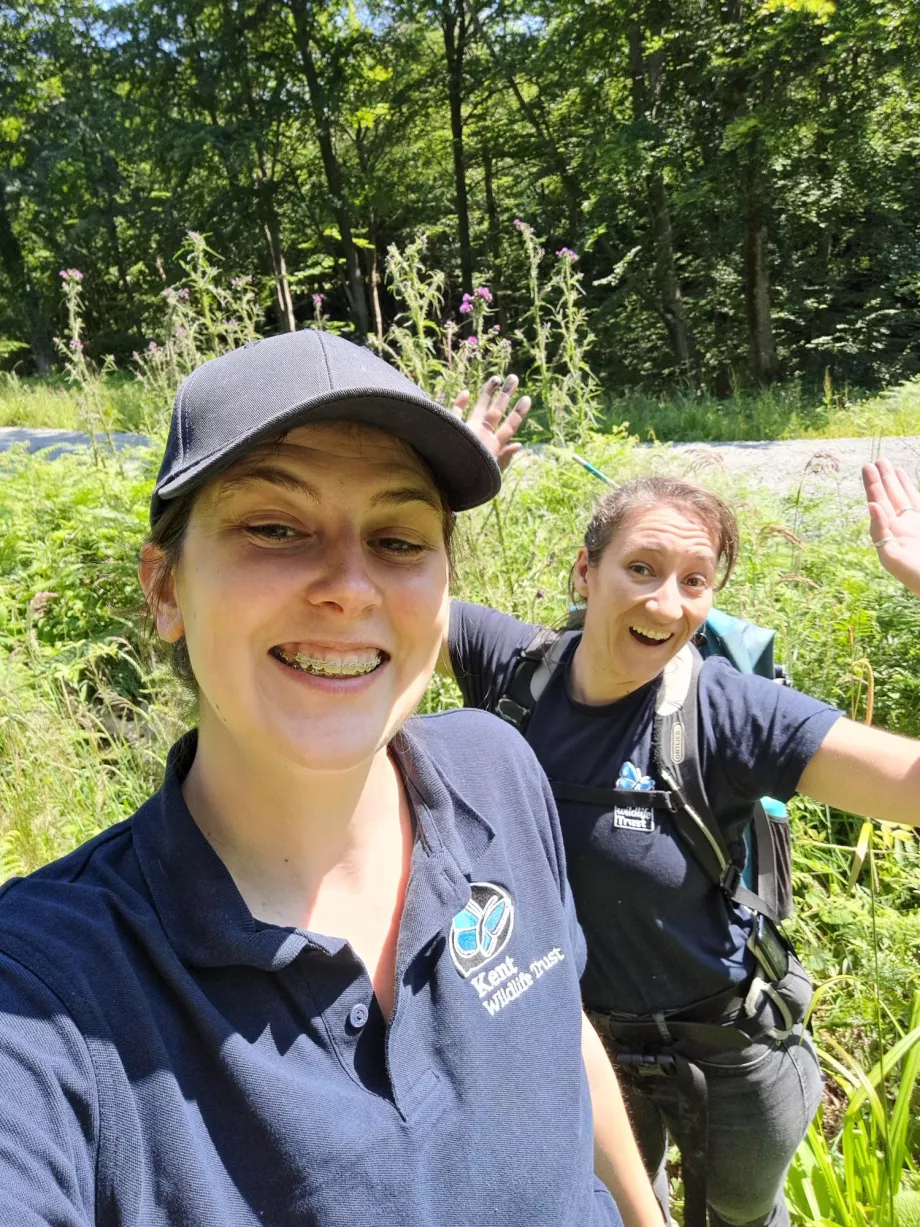
Last week, I met Amy Fitzmuarice (Project co-manager) and one of our lovely volunteers Doug at the Rother Woods.
Each week we attend to different pieces of equipment. Friday's task was to collect the Audiomoth devices which have been deployed in their locations for 5 weeks. At each point there are 2 devices, one capturing bat sounds and once capturing bird sounds.
The field data is recorded in Mergin Maps, a handy app that captures the GPS location and details of the device deployment such as canopy cover, habitat and details from each of the checks.
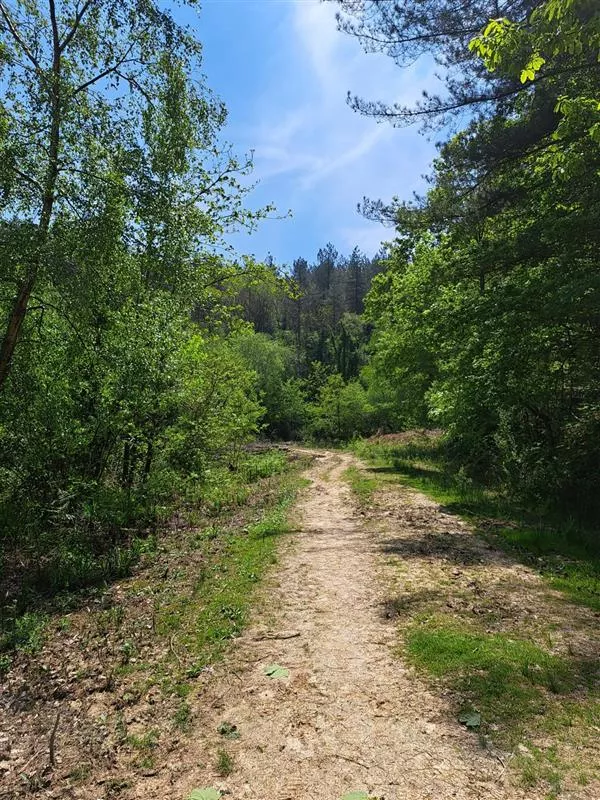
© Julia Brant
Thankfully the weather was kind and we made our way across to the various locations as directed by the app. We made good progress before heading to meet Doug, hoping another set of eyes to peruse the dense canopy would help us increase our speed for the remaining devices. Point RW59 and RW62 were a bit more challenging, despite Amy and I circling Doug, who remained at the point, whilst we intensively scoured the area, these devices were not forthcoming.
We then stopped for some lunch, to enjoy the sunshine, and renew our enthusiasm for trying again.
The remaining points were exactly where the GPS had recorded them and were successfully retrieved ready to be processed at the office.
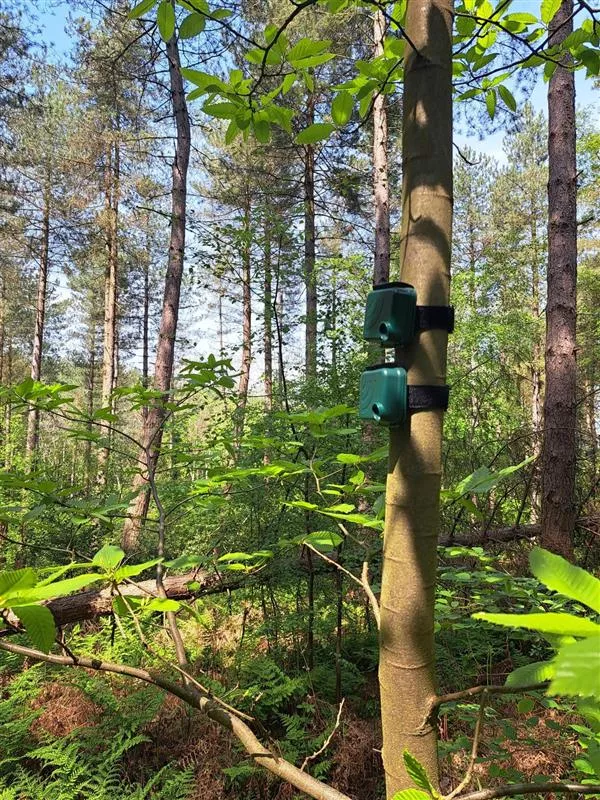
© Julia Brant
The following week went back to point RW59 and RW62, upon looking at slight variations of the original GPS point, volunteer Nick found RW59 and Rosie found RW62. Fresh eyes made all the difference!
Whilst the audiomoths have not been processed yet, we can share some lovely clips captured from the mostela boxes below:
For anyone who would like to get involved volunteering with our Practical Team please click this link to find out more.
Stay up to date
Find out more and receive seasonal updates by signing up to our pine marten mailing list on our page below.
South East Pine Marten Restoration Project

Wilder Grazing Ranger Volunteer Trainee, Ellie Edmondson, talks about the fell ponies on our reserves and what makes them great conservation grazers.
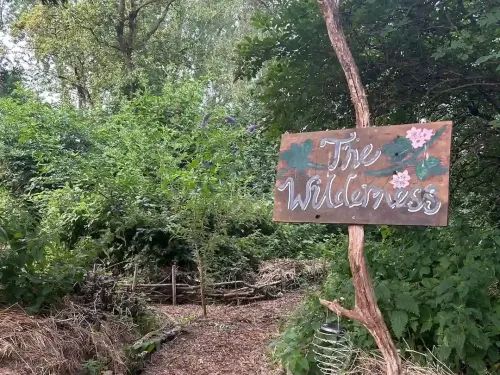
This blog about garden wilding is written by Sally Edge, the owner/founder of Langdon Court, where we will host an open garden for the third time in 2025!
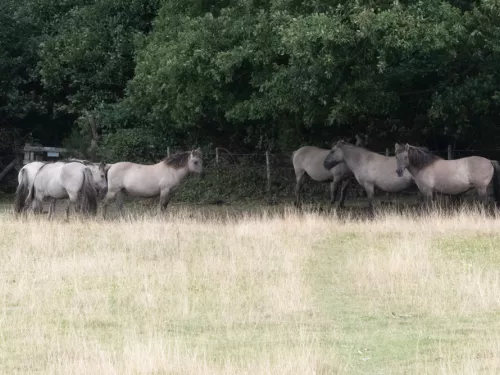
One of the main methods that seeds use to disperse themselves is through animals. Read more about the importance of this & how it happens.